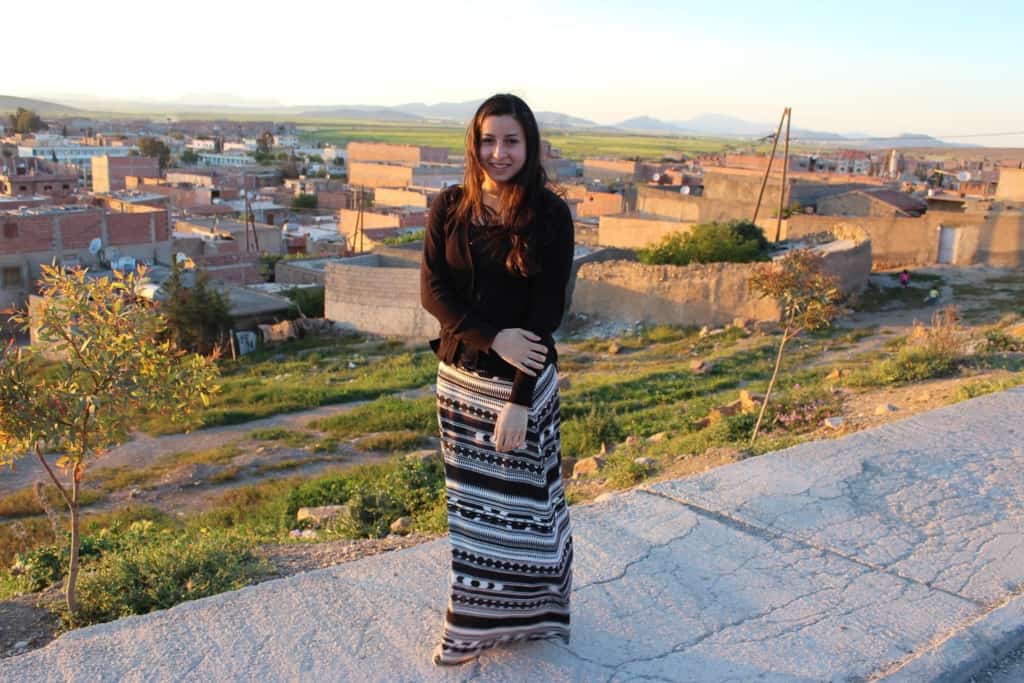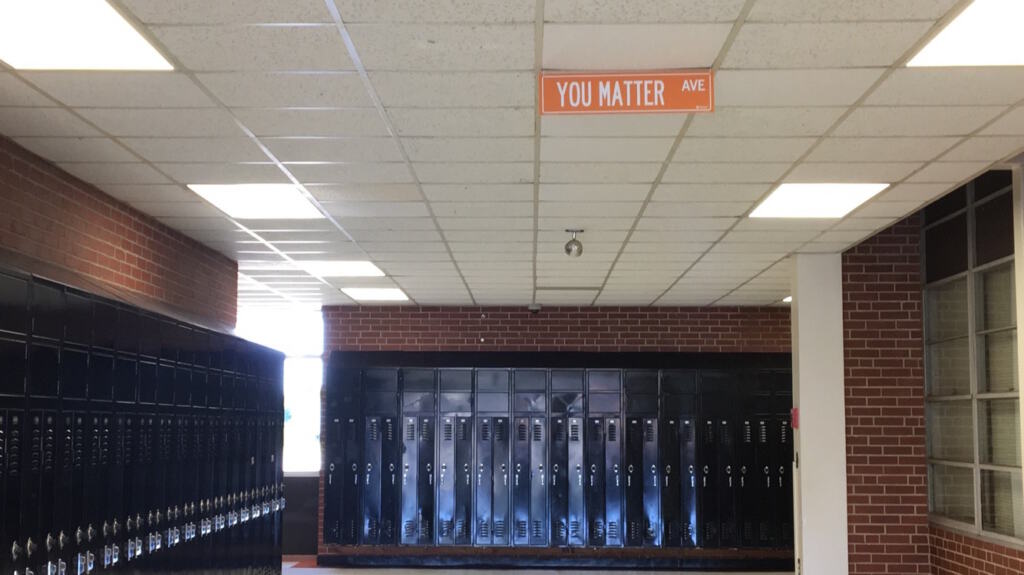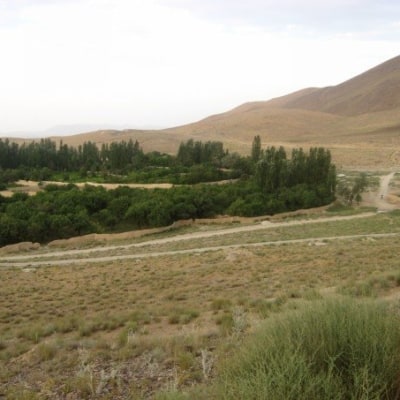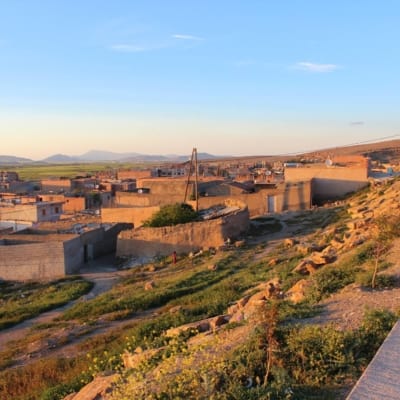
My mother is from Ashan, a tiny orcharding village in Iran, and my father is from Chemora, a small town in Algeria nestled in a valley of the Aurès Mountains in “sheep country.” In my summer visits to my family overseas, I’m accustomed to the hours of road travel (if you can call all of them roads) that follow after landing in the capital city airport. It’s always a journey to rural, but no matter how long the trip, it comes with knowing I will be made welcome.
I’ve learned so many lessons from the places where my parents are from. I’ve learned that village is a way of life. I’ve learned that contrary to popular belief, everyone is working hard — in the orchard, in the stable, in the sewing room, at the schoolhouse, on the mountain, and in the garden. I’ve learned that it is only “slow” because people will pause to give you as much of their time as possible.
It is a place where hospitality is currency and home is whatever doorstep you find yourself at.
The village is where people show up for one another in ways small and large that I’ve never seen anywhere else. In wedding celebrations in Algeria, a caravan of cars travels from the groom’s village to the bride’s to pick her up and bring her to her new home. It’s as if to say to the bride, “You are not his; you will be a part of all of us.”
In the village, value is defined differently. Value is rooted in culture, tradition, health, learning, and work and craft powered by your own hands — the farm, the food, the table. These villages are subsistent on the land, but first and foremost, they are tied to their people. Money matters only so much as basic comfort — simplicity reigns in an ever-complicated world.
But the village is isolated. The village is overlooked. The village is “behind.”
For my family in Chemora, water runs only part of the day. Some rural jobs are becoming unsustainable, and rural residents commute or move to the city. The population of Chemora has boomed over the past five years due to its location an hour bus drive outside of Batna, a major city in the region. Only certain neighborhoods of the village remain as a growing town takes its place.
The village is fragile.
But why does understanding the concept of village even matter? Especially in North Carolina?
Because villages don’t just exist across the world. Villages exist here, too.
Last week, EducationNC teamed up with local teachers and principals in Edgecombe County for door-to-door canvassing to learn why children might be missing school. We focused on mobile home communities, commonly called trailer parks.

Alongside Donnell Cannon, principal of North Edgecombe High School, I knocked on the doors of single and double-wide homes with clipboard in hand. We asked questions like: “What are some reasons why children miss school in your community?” and “Do you think missing 15 or more days of school impacts students’ performance?”
Not one person responded that missing school would have no impact on student performance. We gained insight into common reasons why students miss school, including missing the bus and having no other transportation, having to stay home to care for younger siblings, not having appropriate clothing, and bullying — among other responses.
But we learned a lot more than just the answers to the questions on our survey sheets.
At the first door we knocked on, we were invited in. An older African-American gentleman asked us to sit on his couch while he told us he had taken care of his niece, a recent graduate from North Edgecombe High, but that he had not completed high school himself. He missed a lot of school working on his mother’s farm, and at age 17, he joined the military.
“I’d like to see kids make something of themselves,” he told us.
As we walked out the door, he suggested we move our car, so it wouldn’t get hit on the main road.
Down the street, a white gentleman working on his yard came over to greet us. As we asked about chronic absenteeism he told us, “I used to be that kid.” His dad passed away when he was six years old, and he had to work.
“Lord knows I was behind the ball,” he said. “I still am. I can hardly spell.”
When asked why children might be missing school today, he said, “Some kids are missing it to be bad kids, and some kids are missing it to survive.”
I was not only struck by the responses, I was struck by the invitation and graciousness of these strangers. An African-American woman who worked as a cafeteria worker and bus driver cleared her couch to give us a place to sit. A young couple invited us in though they had no furniture yet after recently moving. Three Hispanic men sitting outside one home agreed to work on our questions as we communicated in broken English and Spanish.
“Move into the shade,” one of the men named Manuel told us, pointing to his tree.
As we were walking back to the car, Cannon told me this is exactly what has kept him invested in the Edgecombe community — the people who have the least give the most. And most of all, they haven’t given up.
As I got back in the car, I was struck with the feeling that I had just entered and left a village — a place I knew from my parents’ hometowns. A place where the walls don’t matter as much as the people inside. A place where you’re invited in.
I couldn’t help but think that somewhere along the line, a system had given up on this village, too. That maybe instead of focusing on their chronic absence, we (policymakers, educators, philanthropists, thought leaders) should recognize our chronic absence from knowing them — from knowing a reality stacked with barriers to something as “simple” as going to school — and accept that there is no quick fix.
Maybe — just maybe — we can invite them into the shade.
Weekly Insight



